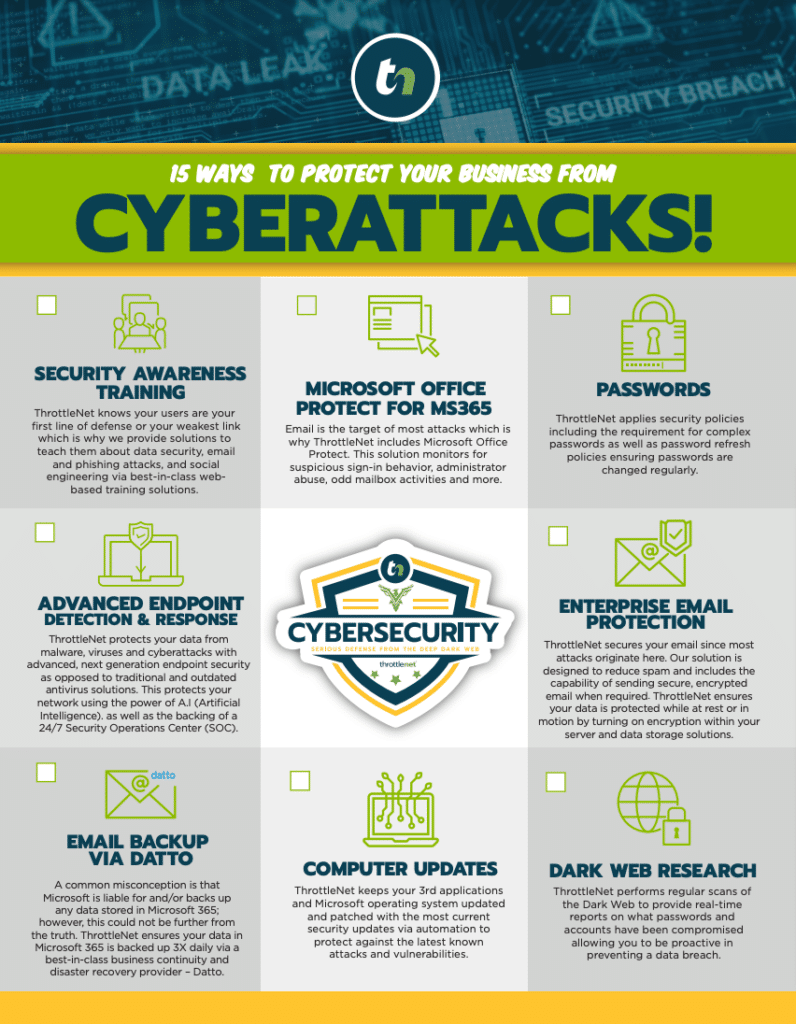Email security in 2025 demands more than traditional protection methods. Email remains the #1 attack vector for cybercriminals, with 90% of all cyberattacks starting with a phishing email. While standard spam filtering helps block junk mail, phishing attempts, and known malicious content, email impersonation detection provides an extra layer of security against targeted email fraud, executive impersonation, and social engineering attacks.
Without both spam filtering and impersonation detection, businesses leave themselves vulnerable to sophisticated cyber threats, including business email compromise (BEC), spear phishing, and CEO fraud. As email security in 2025 becomes more complex, relying on a single-layer defense is no longer a viable option.

What is Spam Filtering?
Spam Filtering Defined:
Spam filtering is an automated email security process that scans and blocks unsolicited, bulk, and malicious emails before they reach an inbox.
How Spam Filtering Works:
- Content Filtering: Scans emails for spam-related keywords (e.g., “free money,” “click here now”) and known phishing language.
- Blacklist & Reputation Analysis: Blocks emails from known spam sources, blacklisted IPs, and suspicious domains.
- Attachment & Link Scanning: Analyzes URLs and attachments for malware, trojans, or phishing redirects.
- Behavior-Based Filtering: Uses AI and machine learning to detect new spam techniques and continuously adapt.
Limitations of Spam Filtering:
Spam filters focus primarily on known threats—they are not designed to detect email impersonation, CEO fraud, or advanced phishing techniques. As email threats evolve, these limitations highlight the need for a more layered approach to email security in 2025.
What is Email Impersonation Detection?
Impersonation Detection Defined:
Email impersonation detection is a security process that identifies and stops fraudulent emails designed to mimic trusted senders (executives, vendors, or internal employees).
Unlike spam filtering, impersonation detection prevents targeted phishing attacks by analyzing email headers, sender behaviors, and domain spoofing attempts to detect if an email is trying to impersonate a legitimate contact.
How Impersonation Detection Works:
- Analyzing Display Name & Header Mismatches
Example Attack: A cybercriminal sends an email that appears to be from John Smith (CEO), but the actual email address is [email protected] instead of [email protected].
Impersonation detection scans the sender’s email address, domain, and metadata to flag inconsistencies between the display name and actual sender address. - Detecting Domain Spoofing & Lookalike Domains
Example Attack: A hacker registers yourcornpany.com (a lookalike domain) and sends fraudulent emails posing as IT support.
Impersonation detection prevents spoofed domains by using Domain-Based Message Authentication, Reporting, and Conformance (DMARC), Sender Policy Framework (SPF), and DomainKeys Identified Mail (DKIM) to verify email authenticity. - Behavioral Analysis & AI-Driven Anomaly Detection
Example Attack: An attacker gains access to an executive’s email account and begins sending unusual payment requests.
Impersonation detection uses AI and machine learning to detect suspicious changes in email behavior, such as:- Sending emails at odd hours
- Requesting unusual financial transactions
- Asking employees to bypass normal security procedures
- Preventing Business Email Compromise (BEC) & Spear Phishing Attacks
Example Attack: A CFO receives an urgent request from what appears to be the CEO, asking for an immediate wire transfer. Impersonation detection flags high-risk requests, warning users before they act. These tools will play a major role in email security in 2025.
Why Businesses Need Both Spam Filtering & Impersonation Detection
- Spam filtering blocks standard phishing and junk mail but fails against sophisticated impersonation attacks.
- Impersonation detection protects against email fraud but doesn’t stop spam or known phishing attempts.
For full protection and true email security in 2025, businesses need both layers working in tandem.
How to Ensure Complete Email Security in 2025
- Deploy Advanced Spam Filtering & Impersonation Protection
- Use AI-powered spam filters
- Implement impersonation protection tools that analyze domain spoofing and behavior anomalies
- Enforce DMARC, SPF & DKIM Authentication
- Prevent domain spoofing by configuring email authentication records correctly
- Enable Multi-Factor Authentication (MFA) on Email Accounts
- Even if credentials are stolen, MFA prevents unauthorized access to inboxes
- Train Employees on Email Fraud & Social Engineering Attacks
- Regular phishing simulations reduce human error, which accounts for 82% of breaches
- Monitor & Review Email Logs for Suspicious Activity
- Use Security Information & Event Management (SIEM) tools to detect anomalies in email traffic
Cybercriminals are constantly evolving. Traditional spam filtering is no longer enough to keep your organization safe. To stay ahead of threats and avoid costly breaches, businesses must adopt a dual-layer approach—combining spam filtering with advanced impersonation detection.
Email security in 2025 requires more than just basic filters—it demands smart, behavior-based tools that adapt in real-time. By investing in both technologies today, you can ensure stronger protection for your team, your clients, and your bottom line tomorrow.
Check out our webinar on email security and spam filtering to learn more!

Chris Montgomery
ThrottleNet Sales Director
[email protected]



